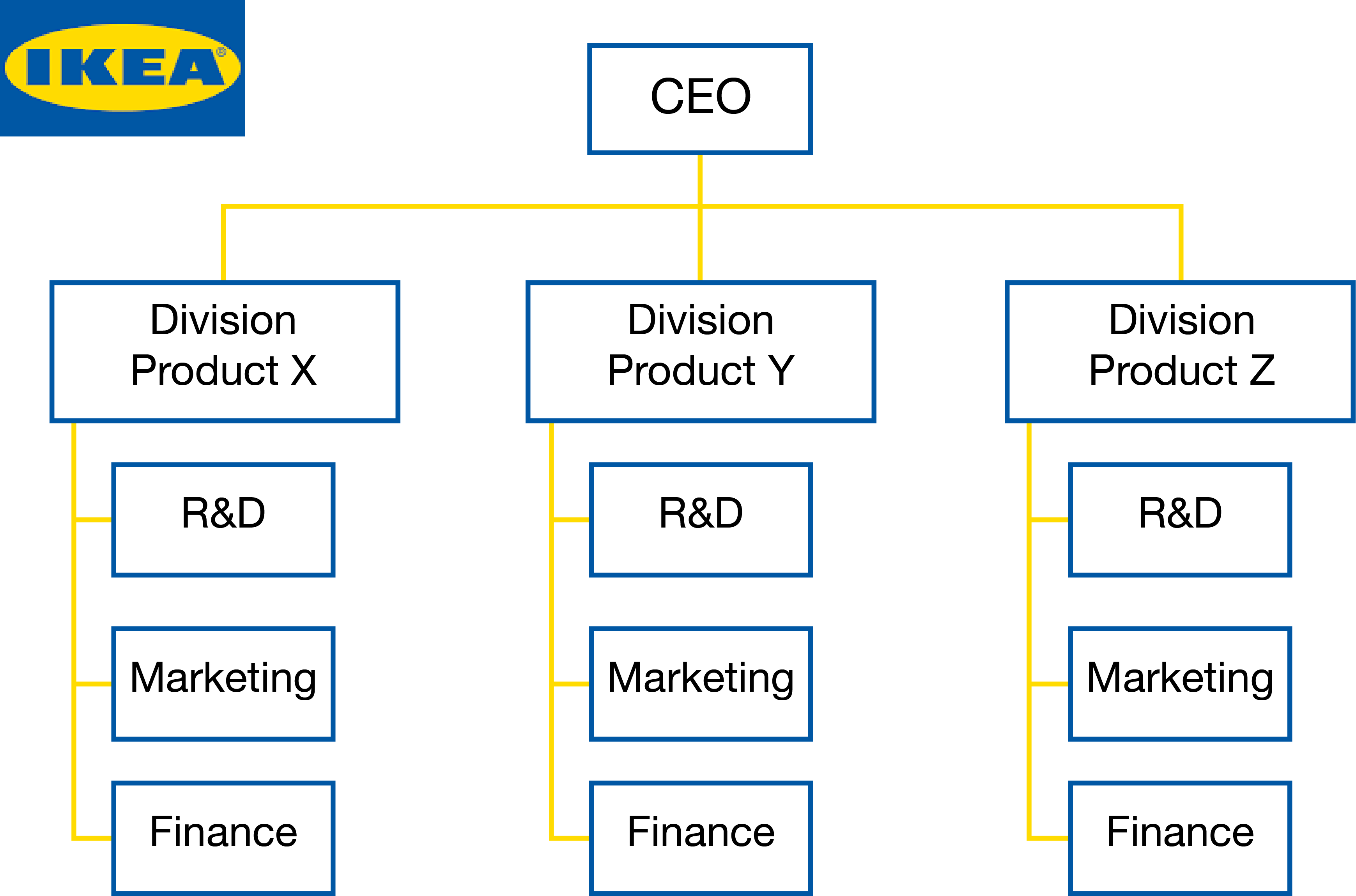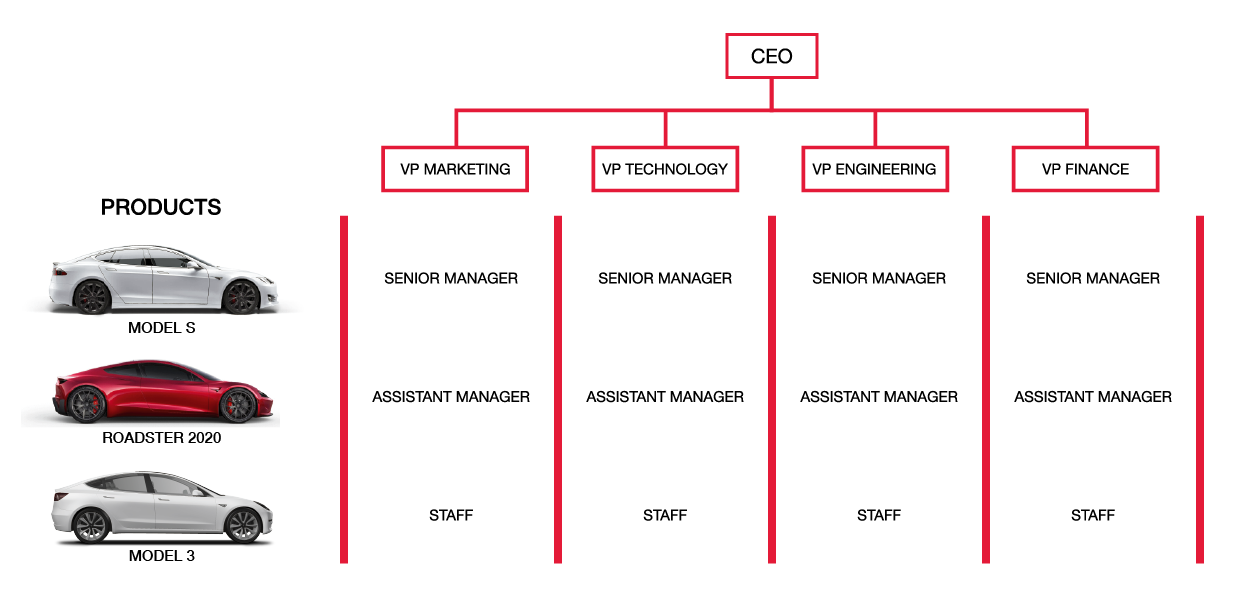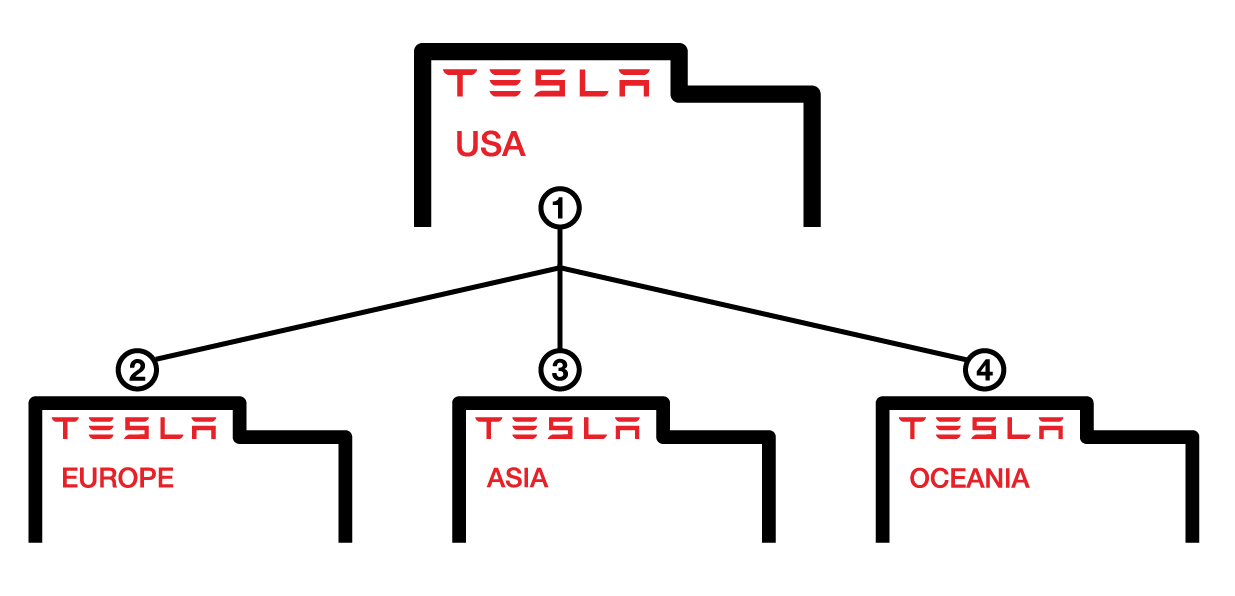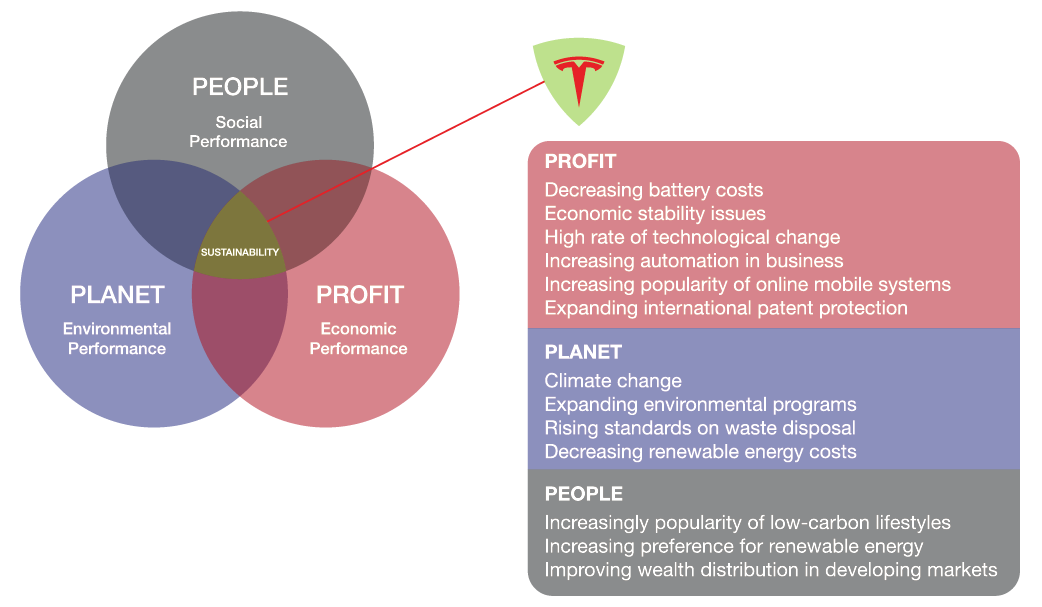THE STRATEGIC ENTERPRISE

Enterprise 2020 – One of the questions I asked myself was how do we change behaviour toward new ways of approaching enterprise?
What I found most interesting about this second lecture was that enterprise has been adopting 2 types of traditional organisations which we have been using for the past decade:
Divisional organisations organised around products, and unitary organisations also known as functional, organised around expertise.
An example of a divisional organisation is IKEA. see below

I found that I was curious to learn more about a specific company structured as a functional organisation, Tesla, where there are different groups of employees working on engineering, marketing, sales, services and so on. This is because I have been following the company for a few years now and yes, the company is considered to be sustainable by many individuals, however, after this lecture I wanted to explore more how the company works and investigate on the company’s weaknesses as not everything about the organisation is great. Having said that, Tesla’s organisational structure focuses on three main characteristics:
- Function based hierarchy is divided by expertise and everyone works on different products altogether.

Tesla’s organisational structure
2. Centralisation allows managerial control over the organisation and decisions are made by the company’s headquarters.

Tesla’s headquarters
3. Divisional characteristics are establish based on location or divisions.
automotive (electric cars)

energy generation & storage (Gigafactories)

The Triple Bottom Line (TBL) is a sustainability framework that investigates the environmental, social and economic impact of a company. John Elkington coined the term in 1994 and as of 2018 he proposed a strategic recall in order to shape such framework for the future enterprise. He reflects on the fact that the sustainability sector has rose rapidly, however, revenues of $1 billion per year are not that significant globally. (Elkington, 2018)
The TBL is structure like this because if a company focuses primarily on profit when the planet and people are being ignored, the cost of doing business is not entirely taken into account, as defined by investopedia.com: “… Several lines of theory are engaged with understanding business administration including organisational behaviour, organisation theory, and strategic management” on the strength of this, organisational behaviour involves people and organisational theory is structured and managed to meet a goal hence environmental performance.
Below is an example of Tesla’s TBL

Tesla’s Triple Bottom Line
Even though, Tesla’s mission is to accelerate the world’s transition to sustainable energy, I believe the company have to think carefully how they will lead in the future as they will need to consider how to recycle all the battery packs used for their cars and find a solution for that issue. Yes, the idea of electric cars is great but if we want to create a fully sustainable framework we need to think of the overall picture as everything is connected.
One part of the lecture which impacted on my perspective for my future actions as a designer was that profit and loss should not be the only goals sustainability provides. We have to think about the health of our planet, because our wellbeing is being directly affected by the place we live in. Even though, there has been progress in technology, the future of our enterprises depends on our actions. We need our enterprises to be adaptable for the rapid change happening in our world. Since our economy is based on financial growth I think that this has to change and look at the whole picture, and by this I mean thinking about the side effects of the actions we take in order to generate growth and look at unconventional ways of doing things.
REFERENCES
Butt, I. (2018) (DOC) A report on Tesla motors : Portfolio Tesla Motors | Imran Butt – Academia.edu. Available at: https://www.academia.edu/37845783/A_report_on_Tesla_motors_Portfolio_Tesla_Motors (Accessed: 26 February 2020).
Devaney, E. (2019) 9 Types of Organizational Structure Every Company Should Consider. Available at: https://blog.hubspot.com/marketing/team-structure-diagrams (Accessed: 26 February 2020).
Elkington, J. (2018) 25 Years Ago I Coined the Phrase “Triple Bottom Line.” Here’s Why It’s Time to Rethink It. Available at: https://hbr.org/2018/06/25-years-ago-i-coined-the-phrase-triple-bottom-line-heres-why-im-giving-up-on-it (Accessed: 26 February 2020).
Hayes, A. (2019) Business Definition. Available at: https://www.investopedia.com/terms/b/business.asp (Accessed: 6 March 2020).
Kraaijenbrink, J. (2019) What The 3Ps Of The Triple Bottom Line Really Mean. Available at: https://www.forbes.com/sites/jeroenkraaijenbrink/2019/12/10/what-the-3ps-of-the-triple-bottom-line-really-mean/#79ededb75143 (Accessed: 19 February 2020).
Meyer, P. (2018) Tesla Inc.’s Organizational Structure & Its Characteristics (Analysis) – Panmore Institute. Available at: http://panmore.com/tesla-motors-inc-organizational-structure-characteristics-analysis (Accessed: 26 February 2020).
MS Lecture 4 org structure and culture (2016). Available at: https://www.slideshare.net/E185/ms-lecture-4-org-structure-and-culture (Accessed: 6 March 2020).
Tesla – Org chart | The Org (2020). Available at: https://theorg.com/org/tesla (Accessed: 26 February 2020).
